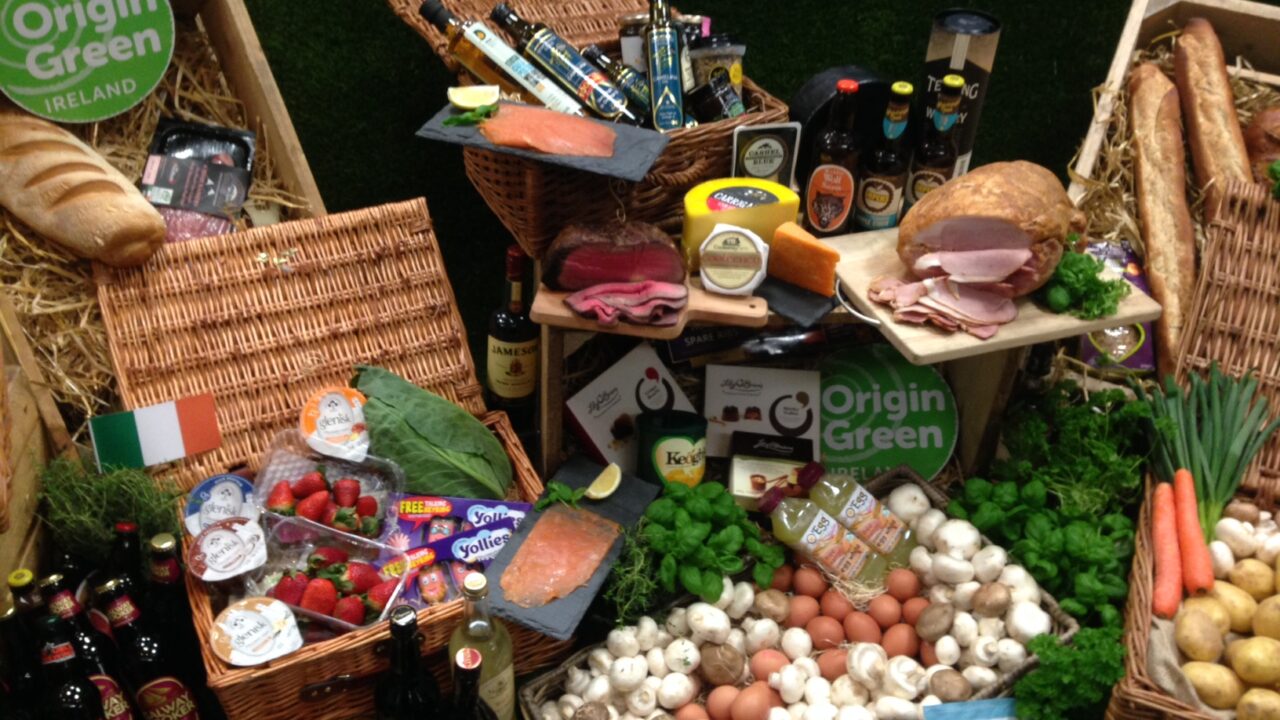Favourable currency exchanges assisted the value of Irish food and drink exports by over €1 billion in 2015.
While Bord Bia’s ‘Export Performance and Prospect Report 2015/2016’ highlights a 3% export increase to reach a record high of €10.8 billion, when currency exchanges to key markets are factored in, the value of those products in 2015 was less than 2014.
Food and Drink Exports
Last year, the euro weakened 16% relative to the US dollar and 10% relative to Sterling, increasing the value of Irish food and drink exports by about €950m. In addition, favourable currency exchanges assisted exports to China by about €80m and the Middle East by about €55m.
When currency exchanges in those key markets are removed, the value of products exported last year was €9.72 billion, marginally down from €9.97 billion in 2014.
However, Ireland’s food and drink exports performance in 2015 was achieved during a year when global food commodity prices declined by about 19% and the Russian market remained off-limits.
When positive currency fluctuations are taken into consideration, 2015 was the sector’s sixth consecutive year of growth in food and drink exports.
Dairy in the doldrums?
In the dairy sector, exports in 2015 increased about 4% to €3.2 billion. As about €300m of this amount is attributable to exchange rates, the pre-export value of dairy products and ingredients was less than 2014.
However, the most significant impact on dairy came through the drop in international dairy prices, which were 10% to 40% lower, depending on product. This reflected increased output from key suppliers and reduced import demand due to a build-up of stocks in some of our key markets, as well as the ongoing Russian trade restrictions.
In terms of volume, Bord Bia estimates a 13% rise in 2015 from the 5.65 billion litres produced in 2014.
‘Specialised nutritional dairy powders’ experienced a jump of 25% in volume last year and now accounts for 35% of total dairy exports, with exports to China up 40% in this category.
These powders are captured under one product code and are predominantly made up of infant formula. This category does not include Skimmed Milk Powder, exports of which are estimated to be worth about €100m for 2015.
Meat’s value Vs volume conundrum
Although the overall value of meat and livestock exports increased 2% to €3.7 billion, beef output was down 4% while cattle, sheep and pig exports were all down.
Ireland produced about 560,000t of beef last year, compared to 582,000t in 2014, resulting in 4% drop in beef exports. A 2% rise in EU beef production, stabilisation of EU consumption and a small decline in EU beef imports (as exports increased by nearly 25%) contributed to the decline.
Concurrently, cattle numbers exported plummeted from 237,100 head in 2014 to an estimated 178,000 head last year.
Sheepmeat exports grew 5% to €230m – in line with production – but sheep export numbers have more than halved in the last two years: from 68,500 in 2013 and 46,800 last year to a Bord Bia estimate of 30,000 last year.
The value of pigmeat exports decreased 2% (to €570m) as the volume exported increased 8%.
This is attributable to “difficult international market conditions,” increased EU production and sluggish consumer demand in Europe. By way of comparison, EU pig prices were down 11% last year.
Poultry exports increased 3% from 2014 to €320m, while Irish retail sales of poultry increased by 5%. As of December 6, 2015, the number of broilers processed in Ireland increased by 6% on 2014 levels to 76.9m head.
